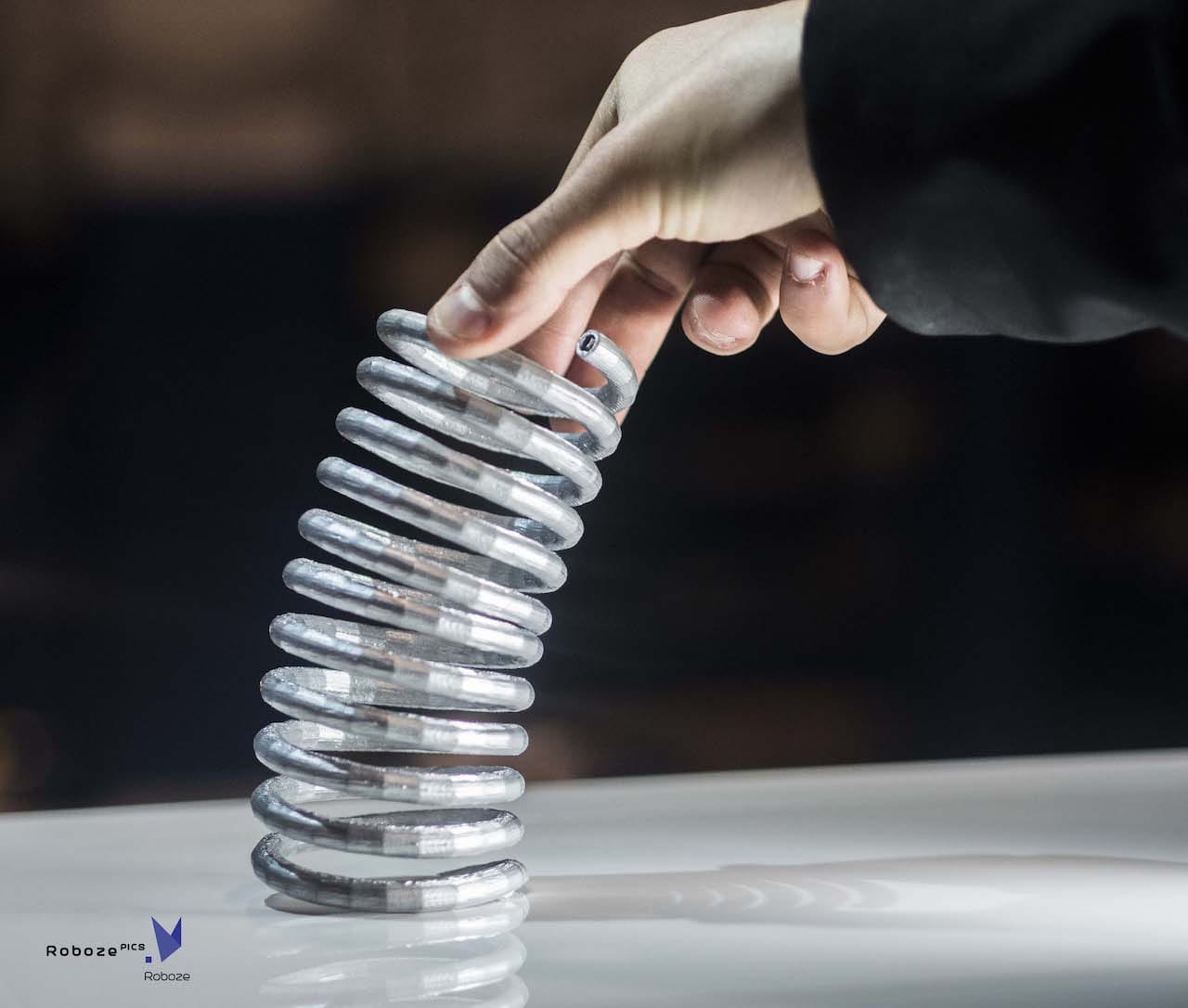
Historically, desktop 3D printers used only a select few materials, but that has changed recently, and could change a great deal more.
The initial materials were ABS and PLA, which have proven quite popular among hobbyists using desktop 3D printers. ABS in particular was of some interest to those producing mechanical parts, as it had additional durability than PLA. H
owever, it turns out 3D printing ABS is almost always a challenge unless your desktop equipment includes special heating features such as a heated print bed, enclosed build chamber and speciality adhesive surface.
PLA also suffers from a relatively low softening temperature, meaning parts made from it cannot be reasonably used in any application exposing it to temperatures above 60C.
As the availability of higher-temperature materials and equipment to print them increased, so has interest from the professional 3D printing market. Engineers in particular are interested in 3D printing prototypes and parts using more exotic materials that offer far more powerful mechanical, chemical and thermal qualities.
Thus there has been a small burst of activity in this market segment, where a select group of desktop 3D printer vendors pursue higher temperature machines and materials. One of them is Italy-based Roboze.
Roboze now claims to support 13 different 3D print materials, including PEEK, PEI, Carbon PA, ABS-ESD, PMMA, PC-ABS, Nylon-6, ASA and more.
But is that enough? Apparently not.
Roboze just signed a deal with Invosys SAS, a Provence-France based organization providing business support. The nature of the deal involves the development of new 3D printing materials. They say:
The goal of this partnership is to develop new materials in association with 3D printing solutions finalized to empower the aerospace and medical industries, by evaluating first the impact that these technologies will have in the coming months on the market.
While the number of materials usable on today’s desktop 3D printer remains extremely constrained, it is increasing. However, it by no means approaches the vast numbers of possible materials that have been invented over decades by the chemical industry. Perhaps through partnerships like these we may see the release of additional advanced materials, making professional desktop 3D printers even more powerful.
The end goal here is to free engineers from the constraints of materials on the machines, leaving them an ability to focus more on the function of their design and less on choosing less-than-optimal materials for them.
Via Roboze

